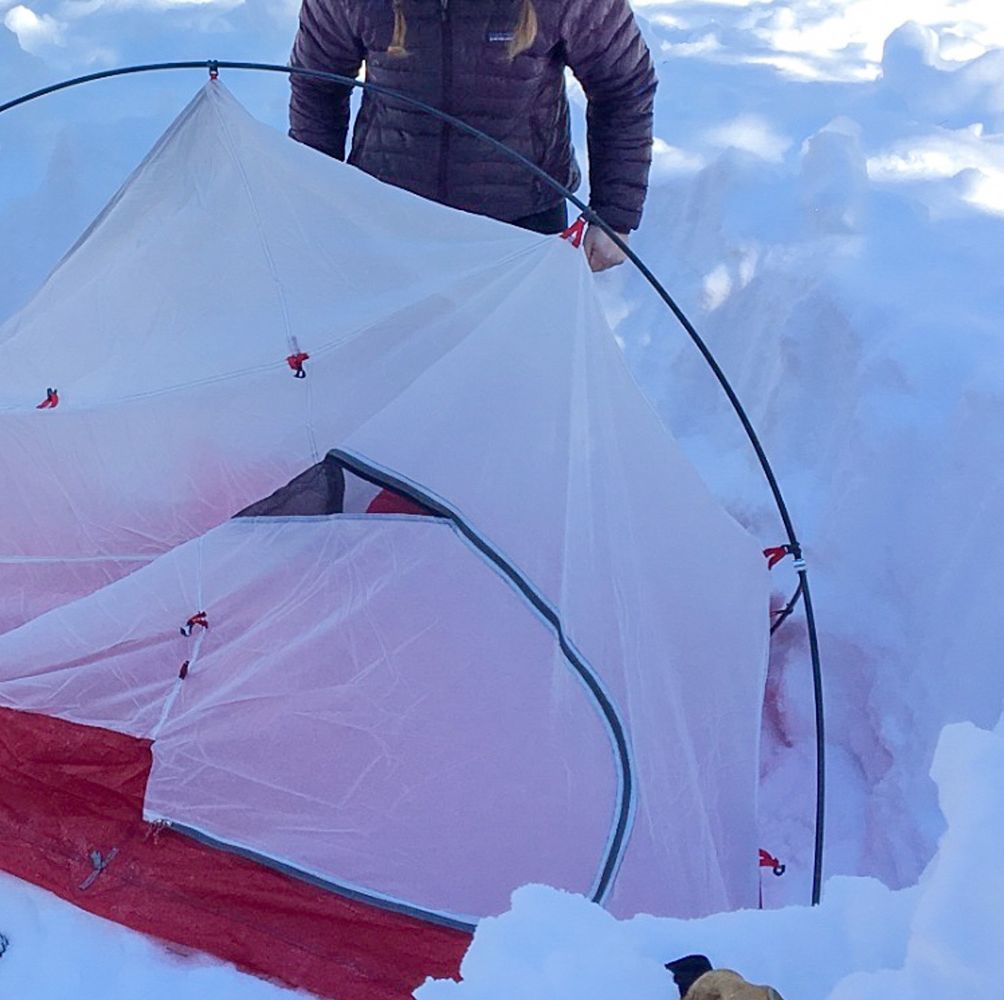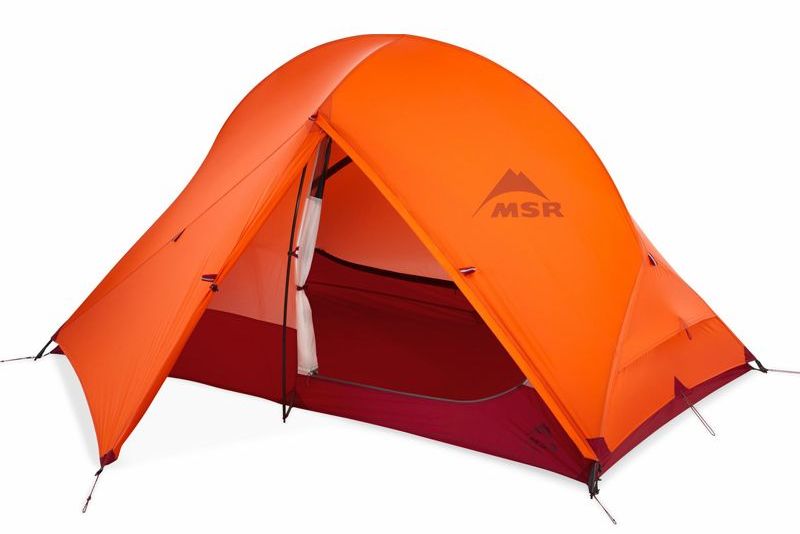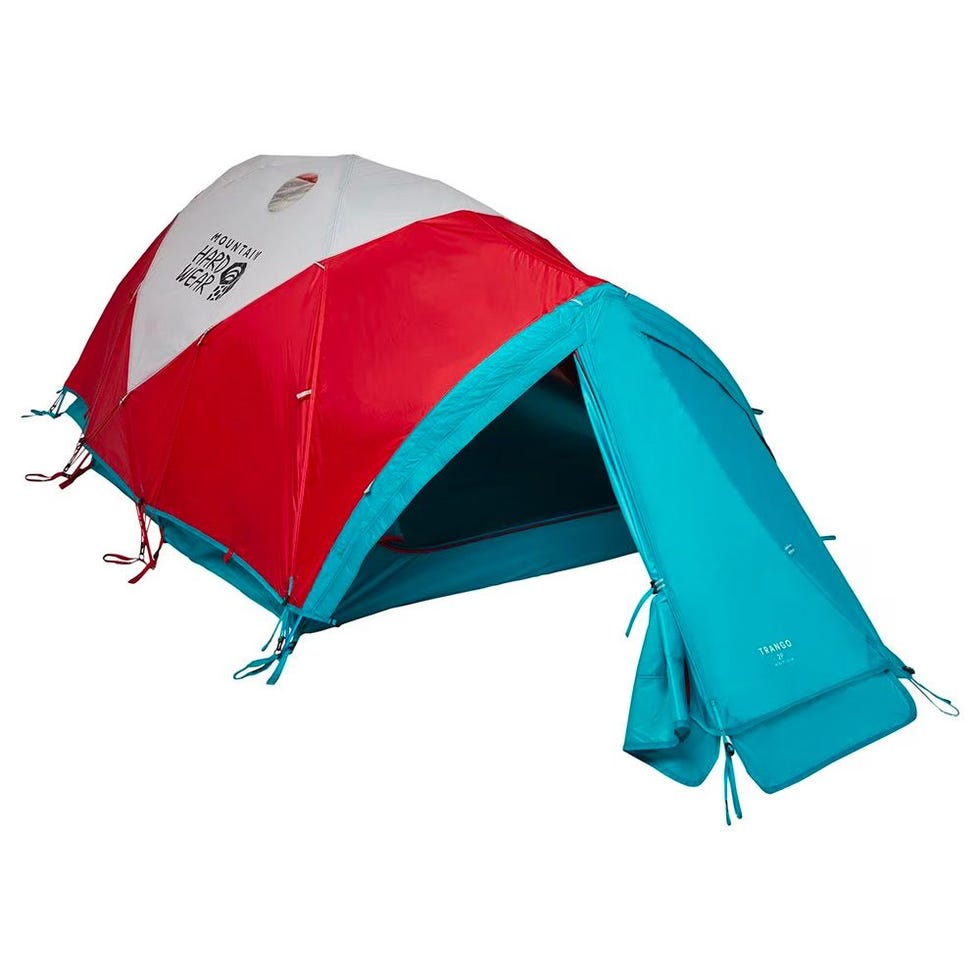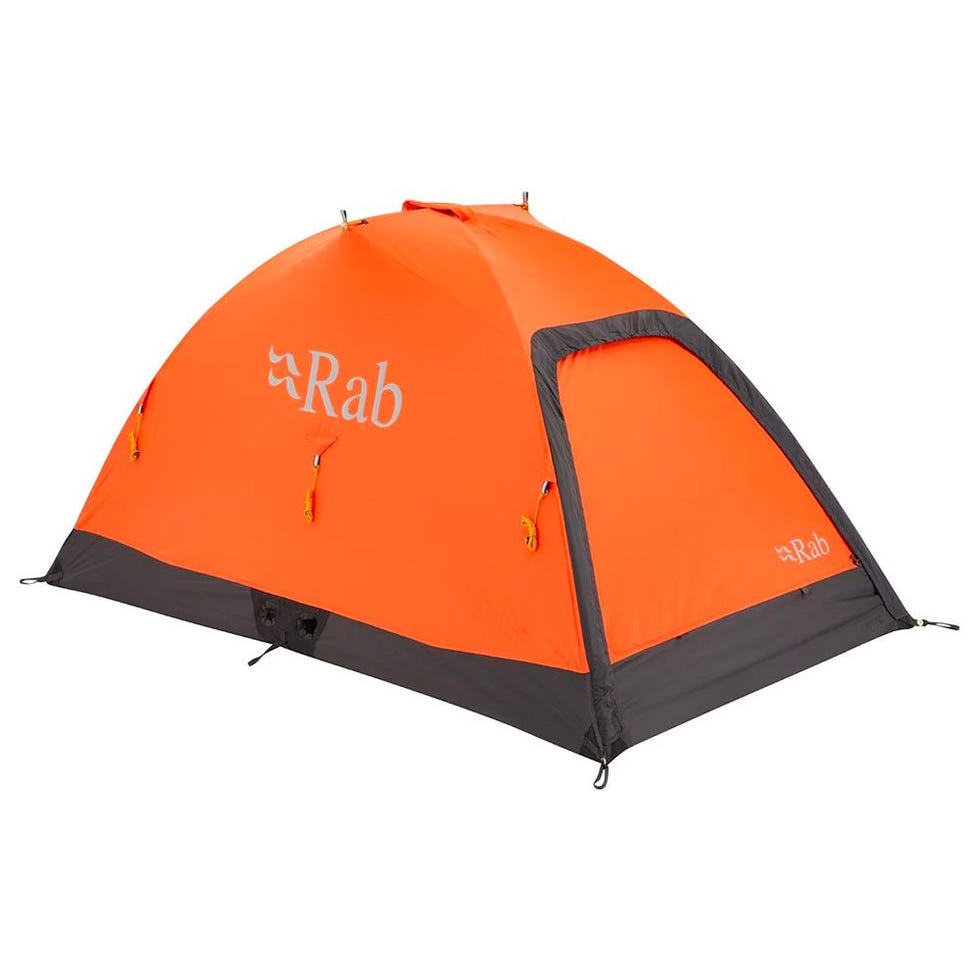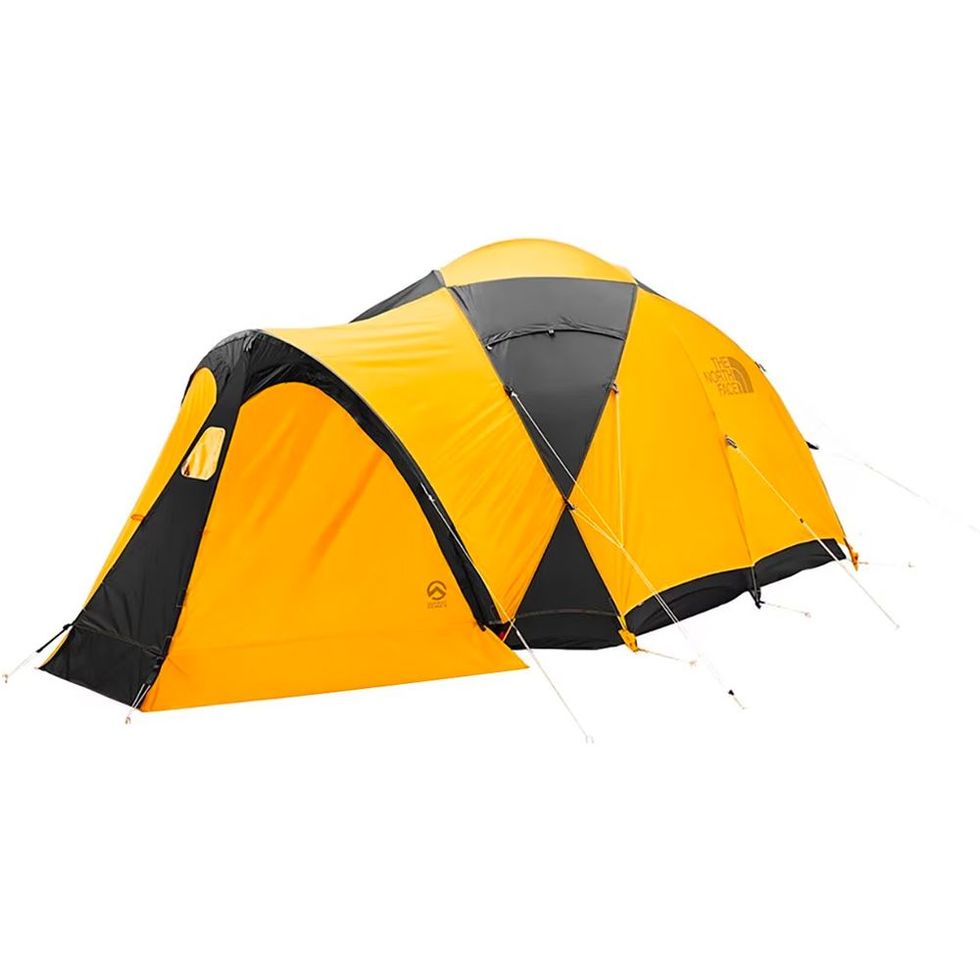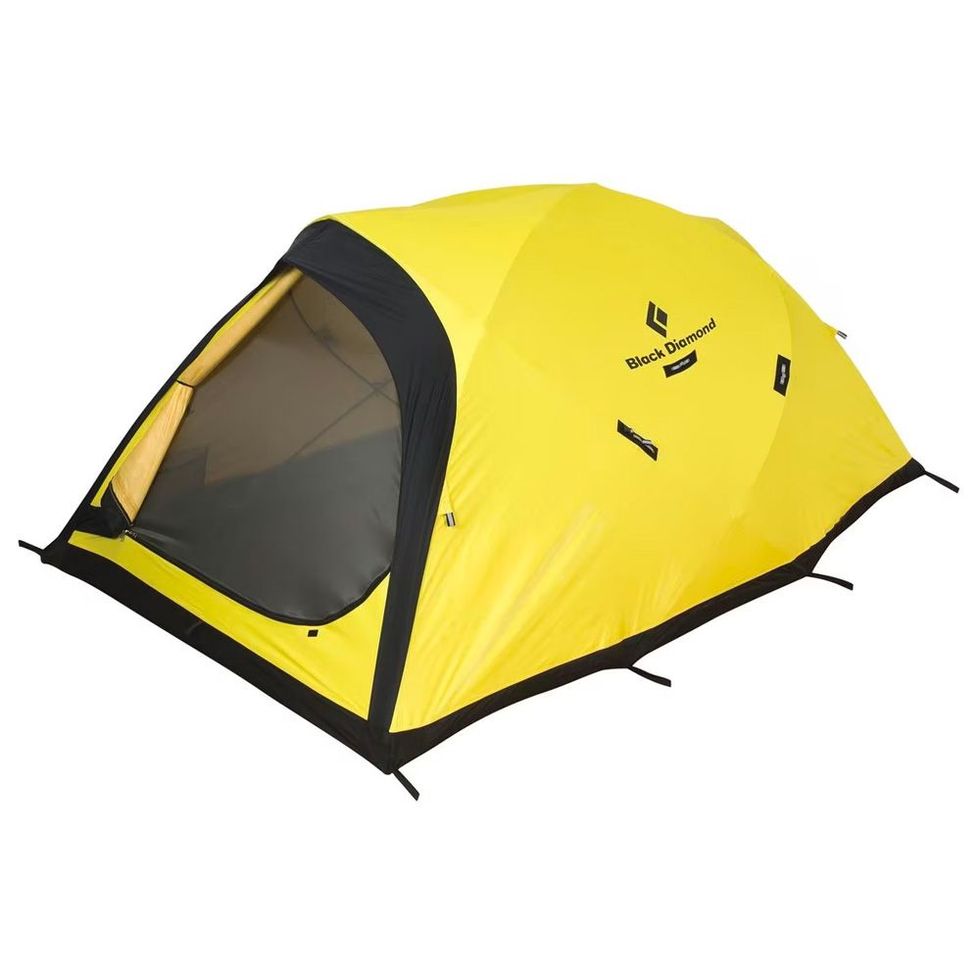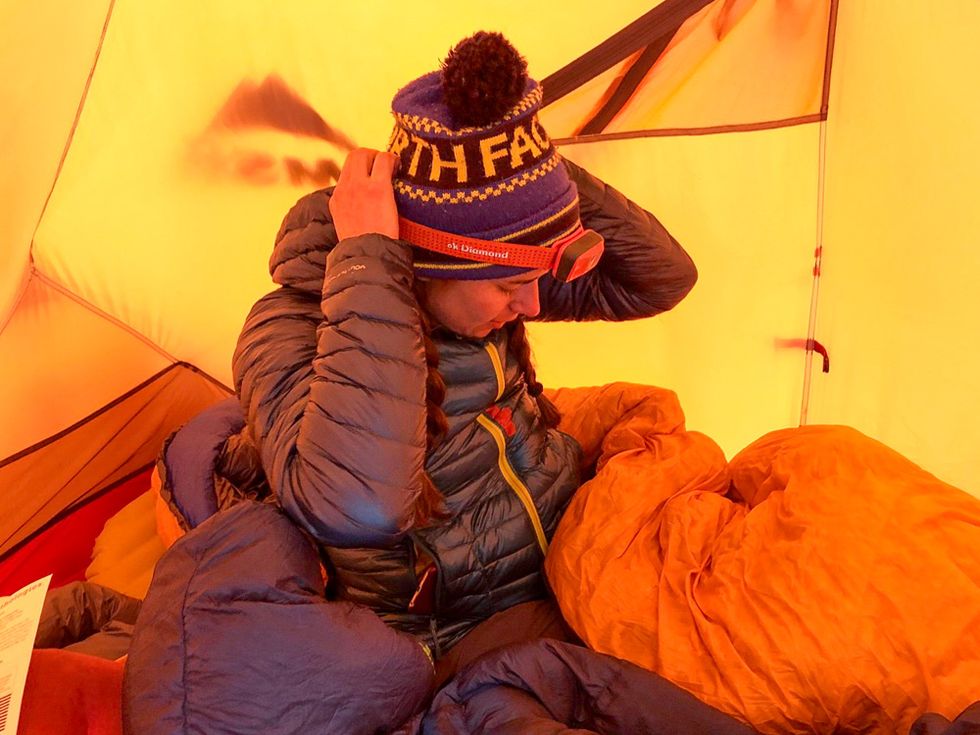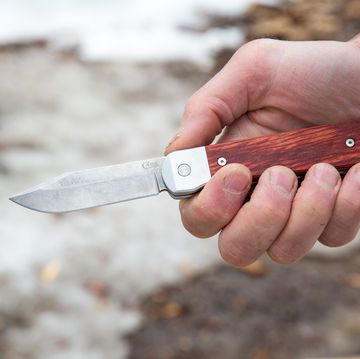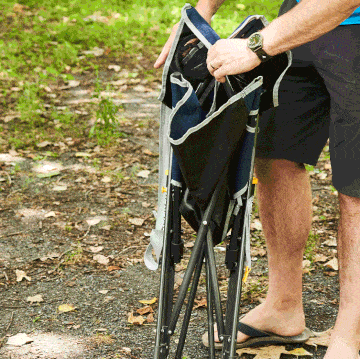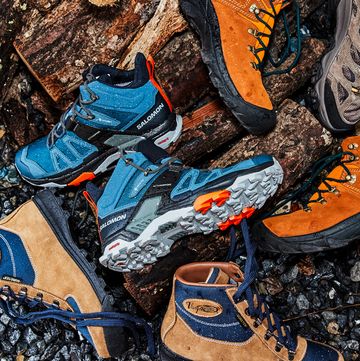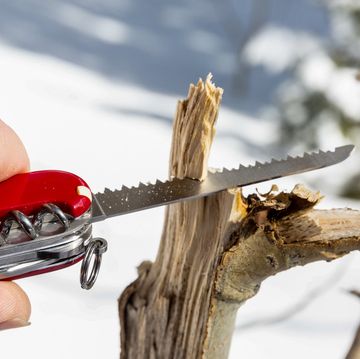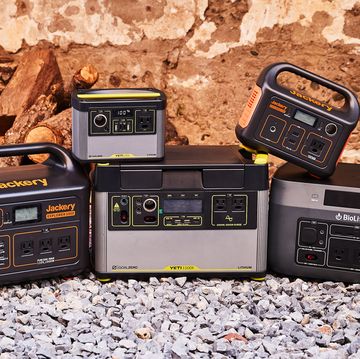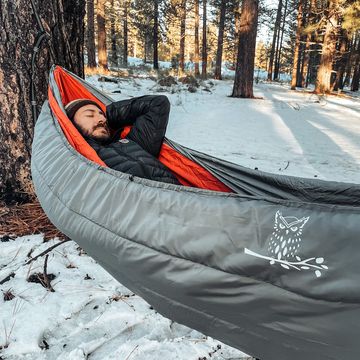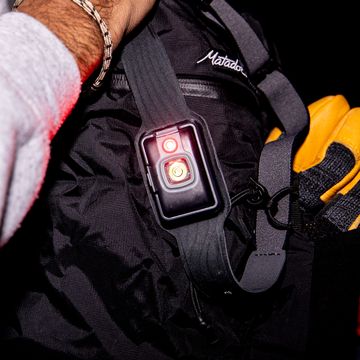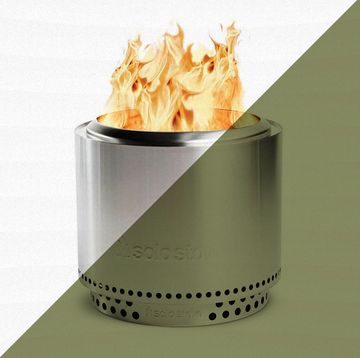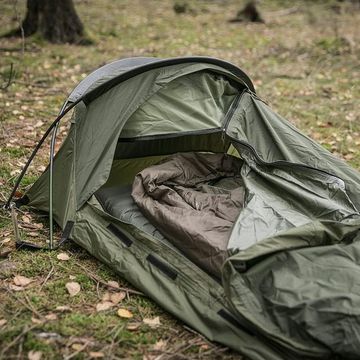Winter camping is a great way to lose the crowds and experience something most people don’t have any interest in participating in. However, winter trips mean more preparation and specialized gear than three-season camping—conditions are harsher, and your gear needs to stand up to the potential for serious storms and snow.
Four-season tents come in several varieties, including lightweight mountaineering shelters, four-season backpacking tents, and basecamp models for ski expeditions and winter hunting. Winter tents are structured to resist snow loading, shedding loads with their steeper walls or dome shapes. These tents are made with burlier wall and floor materials, and often have special poles that resist cracking in sub-freezing temperatures.
If you’re heading out for some winter camping, it’s our duty to remind you to dress appropriately, know your route, bring navigation (and know how to use it) and be prepared for surprise storms and other winter elements.
Best 4-Season Tents
- Best For Most People: MSR Access 2
- Spacious Two-Person Basecamp Tent: Mountain Hardwear Trango 2
- Good For Extreme Weather: Rab Latok Mountain 2 Tent
- Big Enough For Group Base Camp Expedition: The North Face Bastion 4
- Most Stable: Black Diamond Fitzroy
The Expert: I have backpacked thousands of miles across the US, including thru-hiking the Appalachian Trail, Colorado Trail, and Ouachita Trail, and this summer I bikepacked 1,600 miles from the Mexico border to Jackson, WY. I’m currently checking off sections of the Oregon Coast Trail and the Arizona Trail, and I have been testing gear professionally for more than 10 years. I get outside in all four seasons, and I’ve tested plenty of camping gear during unpleasant winter weather here in the Northern Rockies.
How to Choose a Winter Camping Tent
How We Selected
Winter tents are a pretty serious subject—the right one can keep you dry and warm in inclement weather, and the wrong tent can cause a whole host of problems, making your winter camping excursion not just uncomfortable, but unsafe. These tents are all highly rated, tested by experts, and I’ve used all of the backpacking models myself. The expedition / base-camp models have been used professionally on everything from skiing to mountaineering expeditions with objectives beyond the base camp. These picks represent a variety of models in intended use, weight, and capacity.
I’ve used the MSR Access 2 every winter since 2018, and I’m continually impressed at the high strength-to-weight ratio, livable space, and relatively decent ventilation. This tent sheds snow exceptionally well, and pitches similarly to a three-season tent, so it doesn’t have much of a learning curve.
At less than 4 pounds, it also doesn’t feel excessive to carry when split between two people. The Easton Syclone poles are made from a strong, flexible carbon composite that’s resistant to breaking in cold weather, and the steep walls mean minimal snow buildup. It has two 8.8-square-foot vestibules for stashing gear, as well as providing protection for cooking. The two doors and vestibules are a somewhat rare occurrence with winter tents, making this an excellent all-around option for packing, base camping, and livable space.
With a whopping 40 square feet of livable space along with two doors and two vestibules (one large for dry-entry, one smaller for gear storage), the Mountain Hardwear Trango is technically a two-person basecamp tent, but you can easily fit three or four people. This is a classic basecamp model that initially debuted in the mid 90’s, and while it’s quite hefty at over 8.5 pounds, the space and shelter make it worth packing into basecamp.
The fly and floors are fully taped, and the body has generous bathtub floors to protect against mud, slush, and splashing rain. This has mesh windows high on the tent near the roof as well as on both doors, which helps increase airflow in a historically low-ventilation category. This is built with a heavy-duty 70D nylon, and while it takes longer to pitch than a single-hub pole system, the tensioners and guyout points make a taut, stable pitch.
Sturdy enough for base camp needs but light enough weight to carry up the side of a peak, this sturdy, weatherproof shelter has a high wind resistance and enough venting to withstand days trapped in the tent as storms rage outside. This is a single-layer shelter built with 15-denier Pertex Shield Air, which is an air-permeable waterproof / breathable fabric.
It will feel different than a standard backpacking tent with a separate body and rain fly, but the simple pitch and breathable membrane helps keep the weight low without losing weatherproofing. This has a zippered main entry with a vestibule sold separately, and a zippered ventilation window near the foot of the tent.
This tent was designed to withstand deep cold and high winds, making it our pick for high-exposure expeditions, as well as a good all-around four-season option for everything from basecamping to backpacking in inclement weather.
Perfect for guided groups, base-camp ski tours, or larger expeditions, this house-like shelter was designed in conjunction with backcountry athletes who provided input for structure, weatherproofing, livable space, and entry passage necessities. This is a highly rated shelter for deep cold, with weatherproofing tested and rated down to -60 degrees F.
This can work for groups of varying sizes, with enough space for more than four, but enough room for long-term comfort for smaller groups. It has multiple weatherproof venting windows, interior pockets, and gear loops for organizing, and a generous dry-entry vestibule so you can keep the wet slop out of the living space. This tent is time consuming to set up, so the idea is to leave it at base camp for an extended trip, and use it for sleeping and gear storage during expedition days or summit pushes.
This single-wall, freestanding tent was built for severe weather, with a tight pitch, squat design, and steep walls that can withstand high winds without accumulating snow. The simple, streamlined build leaves little chance of flapping materials, and the strong pole architecture can withstand severe winds without flattening or snapping.
The poles are pitched from the inside, which can take some getting used to (practice in your yard first!) but will get you out of the weather faster once you have the technique dialed. This is a good option for campsites with potential high exposure and strong winds. Like the Rab Latok, the Fitzroy vestibule is sold separately and adds some weight to an already somewhat heavy shelter.
With a weight of less than 3.5 pounds, this four-season tent is a top pick for solo winter backpackers or mountaineers who want the extra space of a two-person tent without a weight penalty. This shelter ranks higher in breathability than other shelters of similar design and size, utilizing a three-layer material called Nanovent for the tent walls.
This weighs several pounds less than the Fitzroy, and while the structure doesn’t have quite the same stability, the livable space feels more generous thanks to a ridge pole for increased shoulder room. The removable roof and bathtub floor are made with Dyneema, which increases the cost, but it’s still one of the best materials when it comes to strength-to-weight ratio, waterproofing, and abrasion-resistance.
This is an expensive shelter, but if you’re looking for a lightweight, all-around winter tent that can serve you well on alpine expeditions and extended winter backpacking trips, this is it.
Q+A
Maggie Slepian is a full-time freelance writer in the outdoor industry and has tested gear professionally for almost ten years—she is an avid backpacker, trail runner, bikepacker, and horseback rider and has thru-hiked thousands of miles on the Appalachian, Colorado, and Ouachita trails, along with backcountry travel on terrain including coastal trails, the desert, and high alpine peaks. Maggie has written for New York Magazine, Huffington Post, REI, and Outside. She is a columnist with Backpacker Magazine and is the co-founder of BackpackingRoutes.com. Contact her at MaggieSlepian.com.
